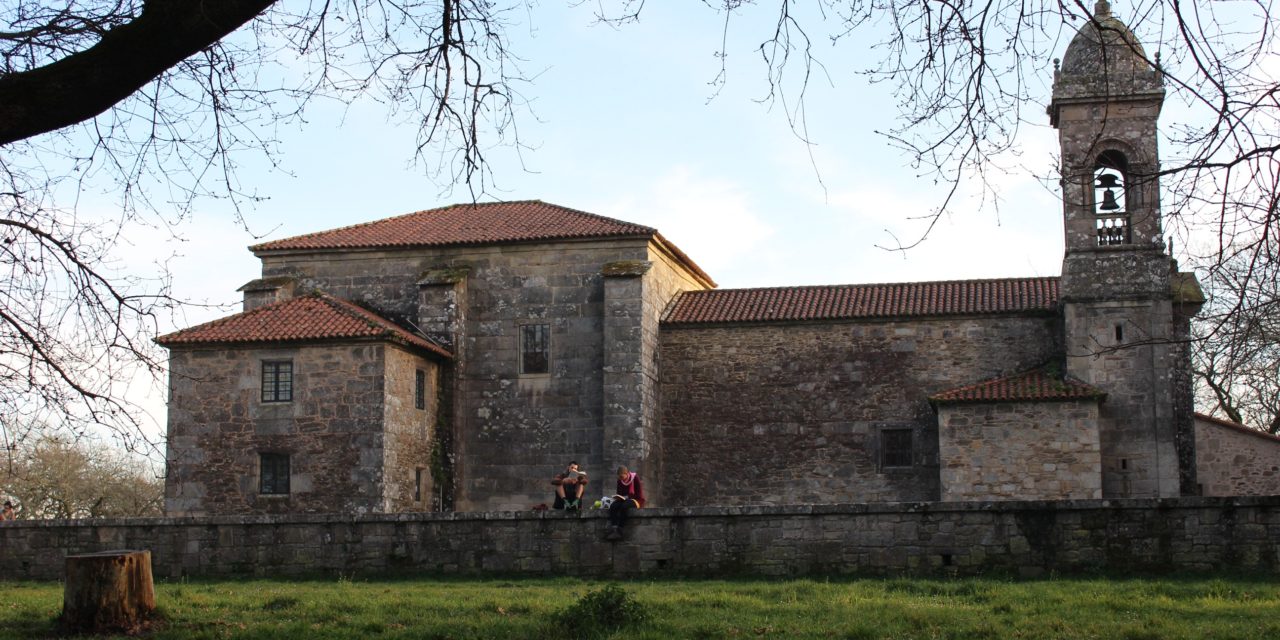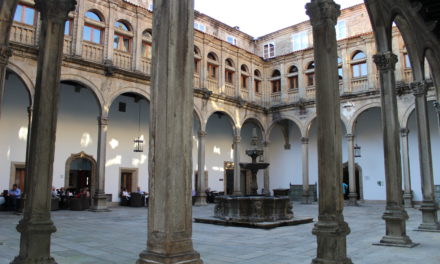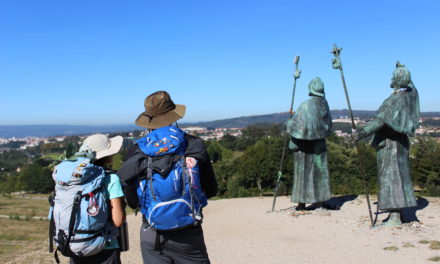The church of Santa Susana is perched on a hill in the center of an oak grove, which crowns the park of the Alameda. It is a place with fine views of the cathedral in which there probably existed a Roman village. It is not strange that such a pre-eminent site for the church should have been chosen, because for centuries Santa Susana shared with Santiago the patronage of the city of Compostela.
Originally in that place a small church would have been erected under the name of All Saints, which became re-named Santa Susana in 1102, the year in which her relics arrived in the city, after one of the most interesting and mysterious chapters in history de Compostela: the theft of relics or “pious larceny”, carried out by order of Archbishop Gelmírez in the diocese of Braga.
Spurred on by his ambitious project to turn the city of Santiago into an important center of worship, the celebrated Archbishop Gelmírez did not hesitate to send his men to take possession of some of the most valuable relics of Braga. In this way, at the beginning of the 12th century, not only the relics of Santa Susana, but also those of San Cucufate and San Silvestre reached the city of Santiago. These relics, it should be added, were returned to their original sites only at the end of the 20th century. The relics conferred on the little church a great importance in the Compostela of the 12th century, which accounts for its inclusion among the ten churches cited in the Codex Calixtino, saying that it “is next to the Camino de Padrón”.
Shortly after the arrival of the relics, in 1105, the church was rebuilt, out of which an extraordinary example of Romanesque architecture emerged. The present church bears very few traces of its medieval origins: some fragments and decorative elements like the main ceiling, the fantastic series of modillons or figurative corbels that support the cornice of the ceiling, a large window and the magnificent cross -although this is already gothic- that crowns its main façade.
As for the saint who is at the centre of this ancient history, Saint Susana was one of those known as “Holy Roman martyrs”, the only daughter of a Roman priest named Gavania and part of the family of Emperor Diocletian (284-305). Susana would have been educated as a Christian, although she would have also devoted herself to the study of science. The source of all her misfortunes was her refusal to marry the future Emperor Galerius, a proposal of Diocletian, who tried to convince her by various means. The legends also tell us that Maximilian, the son of the emperor, also tried to seduce Susana, but met with no luck. Before all these events, Diocleciano had sent a torturer to the house of the saint, with the intention of forcing her to pay homage to an idol, but this proved futile as well. Finally Diocleciano, tiring of these stubborn refusals, had her put to death by the sword.











